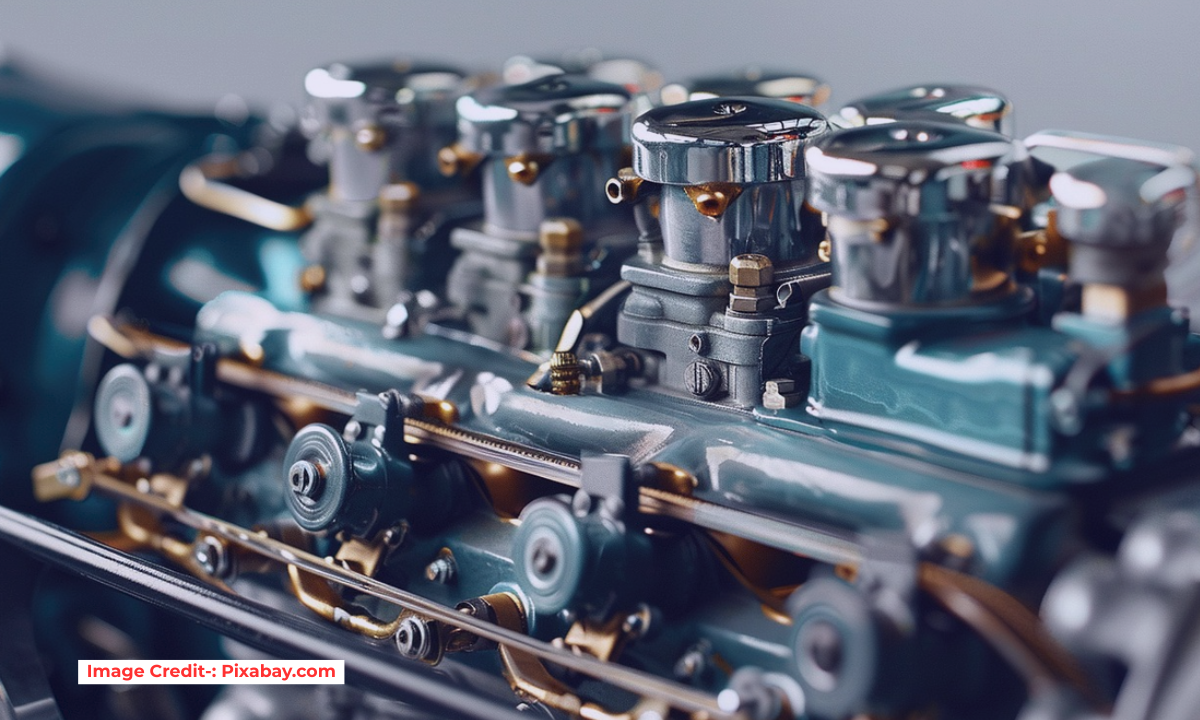
This is a cornerstone of efficient manufacturing and a critical skill for any mechanical engineer or designer. Here is a practical guide to Design for Assembly (DFA), focused on the core principle of reducing part count to slash cost.
Design for Assembly (DFA): Reducing Part Count and Cost-:
Design for Assembly (DFA) is a systematic engineering methodology focused on simplifying a product’s structure and optimizing its assembly process. The primary goal is to reduce the total number of parts, which in turn reduces assembly time, assembly cost, and complexity, leading to higher quality and reliability. The Fundamental Principle: The greatest cost savings come from eliminating a part entirely. You save on:
- The part’s material and manufacturing cost.
- The overhead of sourcing, stocking, and handling it.
- The labor and time to fasten or join it.
- The quality control for the part and its assembly.
The Core Question: “Does This Part Need to Be Separate?”
To systematically reduce part count, apply the following criteria, often attributed to Geoffrey Boothroyd and Peter Dewhurst. A part should only be separate if it fulfills ONE of these conditions:
- Does the part move relative to all other parts already assembled?
- Yes Example: A piston in an engine cylinder must move separately from the cylinder wall.
- No Example: A fixed cover on a housing does not need to move; it should be integrated.
- Must the part be made of a different material or be isolated from all other parts?
- Yes Example: An electrical insulator must be separate from a conductive metal housing.
- Yes Example: A hardened steel cutting edge may need to be separate from a softer, cheaper metal body.
- Does the part need to be separate for disassembly, service, or replacement?
- Yes Example: A wearable brake pad or a replaceable filter cartridge.
- No Example: An internal bracket that will never be serviced can be welded or integrated.
If a part doesn’t meet any of these three criteria, it is a prime candidate for elimination or integration with another part.
Practical DFA Strategies to Reduce Part Count-:
Here are actionable strategies to apply the principles above.
1. Embrace Part Consolidation-:
- Combine Function into a Single Part: Instead of multiple brackets, clamps, and spacers, design a single, more complex chassis or housing that incorporates all their features.
- Use Advanced Manufacturing: Injection Molding, 3D Printing (Additive Manufacturing), and Casting are ideal for creating single, monolithic parts that replace complex assemblies.
2. Eliminate Fasteners-:
Fasteners (screws, bolts, nuts, washers) are the #1 offender for unnecessary part count.
- Use Snap-Fits: Snap-fit joints are incredibly fast to assemble, require no tools, and eliminate screws. They are perfect for housings, covers, and panels.
- Use Living Hinges: Design a hinge as a thin, flexible section of the main part (common in plastic design), eliminating the need for a separate pin, knuckles, and brackets.
- Adopt Press-Fits, Staking, and Ultrasonic Welding: These techniques create permanent bonds without separate fastening components.
3. Standardize Parts and Processes-:
- Use Identical Parts: Design symmetrical parts so they can be installed in multiple orientations or locations.
- Standardize Hardware: Use the same screw type, size, and length throughout the design to simplify the assembly process and reduce errors.
4. Mistake-Proof the Assembly (Poka-Yoke)-:
- Design Asymmetric Features: If a part can be installed incorrectly, it will be. Use asymmetrical locators, tabs, or holes of different sizes to ensure it can only go together one way—the right way.
- Provide Clear Alignment Features: Use chamfers, guide pins, and foolproof slots to make assembly intuitive and fast.
Before-and-After DFA Example-:
Let’s examine a simple bracket assembly.“Before” DFA: High Part Count
- Function: Hold a sensor in position.
- Design: 7 separate parts.
- Sensor
- Main Bracket
- Clamp
- Two Screws
- Two Washers
- Assembly Steps: Place sensor in clamp, place clamp on bracket, add two washers, fasten two screws.
“After” DFA: Low Part Count
- Design: 2 separate parts.
- Sensor
- A single, redesigned bracket with an integrated snap-fit clamp.
- Assembly Steps: Push sensor into the bracket until it snaps into place.
| Metric | Before DFA | After DFA | Improvement |
|---|---|---|---|
| Part Count | 7 | 2 | 71% Reduction |
| Assembly Time | ~30 seconds | ~3 seconds | 90% Reduction |
| Part Cost | Higher (multiple parts) | Lower (one complex part) | Cost Reduction |
| Assembly Error | Possible (wrong screw, missing washer) | Nearly Impossible | Quality Increase |
The Synergy with DFM and the Business Impact-:
DFA is often paired with Design for Manufacturability (DFM). While DFA focuses on the ease of putting parts together, DFM focuses on the ease of making the individual parts. The ultimate goal is DFMA (Design for Manufacturing and Assembly).The Tangible Benefits:
- Lower Labor Costs: Fewer parts and simpler motions mean faster assembly.
- Lower Material Costs: Fewer raw materials and purchased components.
- Reduced Overhead: Smaller inventory, less factory floor space, simpler supply chain.
- Higher Quality & Reliability: Fewer parts mean fewer potential failure points and fewer assembly errors.
- Faster Time-to-Market: Simplified production and assembly ramp up more quickly.
Conclusion
Design for Assembly is a mindset. It forces the engineer to challenge every part, every fastener, and every assembly step. By relentlessly asking, “Does this part need to be separate?” and creatively using strategies like part consolidation and snap-fits, you can dramatically reduce cost and complexity while building a more robust and reliable product. The simplest design is almost always the best.
“Thank you for reading! If you found this article insightful and valuable, consider sharing it with your friends and followers on social media. Your share can help others discover this content too. Let’s spread knowledge together. Your support is greatly appreciated!”

